In Australia, employers can be held legally responsible for the wrongful acts of their employees committed within the scope of their employment. The doctrine of vicarious liability means that employers have accountability for their employee’s conduct, underscoring the importance of oversight in the workplace. However, there are limits to this liability, in that an employer is not usually responsible for the deliberate misconduct of their employees. To minimise vicarious liability, employers must demonstrate that they have taken all reasonable steps to prevent wrongful acts in the workplace, especially acts such as harassment, abuse, and discrimination. Employers must also ensure that they respond appropriately when incidents do occur.
Vicarious liability
Employees who bully, discriminate, or harass others in the workplace are liable for their own actions. However, under federal, state and common law, employers can be held vicariously liable for the employee’s misconduct. For example, in Gama v Qantas Airways Ltd (No 2) [2006], the Federal Magistrates Court found Qantas vicariously liable for racial discrimination because employees made discriminatory remarks in the workplace in the presence of a supervisor, and the remarks were therefore “condoned” by the employer. “Employees” in this case includes individuals, groups of employees, senior staff such as directors, managers and supervisors, agents acting on behalf of the company, contractors, and commission workers. Vicarious liability can apply to not only actual in-person incidents that occur in the workplace and work-related environments, but can also apply to virtual harassment that takes place via work phones, computers, and email.
Vicarious liability can also attach to harassment that occurs at work-sponsored events, such as conferences, seminars and training workshops, business trips, and work-related social functions, such as parties. For example, in Leslie v Graham [2002], the Federal Court of Australia found an employer vicariously liable for sexual harassment when the incident occurred in the early morning at an accommodation two employees were sharing at a work-related conference.
Reasonable steps
Under the Sex Discrimination Act 1984, an employer is jointly liable for an employee’s actions in connection with employment, unless the employer took all reasonable steps to prevent the conduct. What is reasonable for one business may not be feasible in a small business, so liability is decided on a case-by-case basis. Employers should take reasonable preventative action depending on the size of the organisation, the available resources, nature of the work, composition of the workforce, workplace culture and past history of harassment, extent of the oversight of employees, and other relevant factors.
Employers should create and regularly revise policies on harassment and discrimination and clearly communicate these policies to the workforce. Senior management should then ensure there is unambiguous and visible support for these policies, providing regular training, monitoring workplace culture and appointing harassment contact officers of both sexes who can discuss concerns with staff members. All internal complaints should be treated seriously and investigated fairly, swiftly, and effectively.
Limits to liability
As noted above, there are limits to an employer’s vicarious liability. For instance, employers are not accountable in NSW under the Employees Liability Act 1991 if the employee’s conduct was serious or wilful misconduct, or the conduct did not arise out of their employment. The Australian High Court addressed this question in CCIG Investments Pty Ltd v Schokman [2023]. In this case, an employee urinated on a colleague while intoxicated and semi-conscious while they were sharing work accommodation. The lower court had found the employer liable for the employee’s damages. However, on appeal, the High Court declined to hold the employer vicariously liable, distinguishing between circumstances when employment can provide the occasion for an act to occur, and when an act is entirely remote or unconnected with the employment. The court found that a drunken act of urinating on another employee was not authorised, required or connected to the employee’s work. An employer can only be held liable for the employee’s action when they are committed in the course or scope of the employment.
Given this limitation on vicarious liability, the courts are generally reluctant to find an employer responsible for criminal conduct by an employee, because such acts are very unlikely to be authorised, required or connected to the employee’s work. However, case law demonstrates that the fact of the criminality of the employee’s conduct alone is not sufficient to absolve their employer of responsibility. Rather, the court will use the “relevant approach” test established in Prince Alfred College Incorporate v ADC (2016). In that case, the court found that an employer could be held vicariously liable for criminal conduct if the employee took advantage of a position that the employer placed the employee in relative to the victim.
Vicarious liability raises significant risks for employers. It is essential for employers to develop specific strategies to reduce this risk, and to regularly review these strategies in light of changing business practices. Please phone 1800 491 469 or contact Taylor Rose for help managing the vicarious liability of employers in Australia, or any other legal matter.




